
AV Case Study: Hamilton Zoo
Installing a new public address system in New Zealand’s Hamilton Zoo presented some unique challenges – like, don’t make any noise, sudden movements, or leave your half-finished lunch on the table.
The Hamilton Zoo is located about seven kilometres outside of the town of Hamilton itself – a quick swing through the trees for an energetic monkey – and 130kms south of Auckland on New Zealand’s North Island. Hamilton Zoo started out in 1969 as a small private collection of animals, mostly game birds, before the Hamilton City Council bought the place lock, stock and crocodiles in 1976. The zoo has gone through various incarnations over the decades including the full gamut of threatened closures, refurbishments and management changes – as did many similar zoos around the world – as modernisation was demanded of these kinds of establishments and costs became difficult to justify. Strong community support and a large petition in 1984 ensured the zoo survived, and a solid concept plan for the future was developed.
Today, Hamilton Zoo epitomises the 21st century approach to zoo-keeping with a very strong focus on the animals’ welfare above all else, breeding programs, and vital research into endangered species. Visitors enjoy, where possible, an ‘up close and personal’ experience with the animals, and the zoo has its own Education Team to work with schools and student groups. This involves a wide network of speaker zones and wireless microphones so the zookeepers can address the relevant audience at any time and any place. A limited system already existed, and it was decided to expand and improve the audio coverage throughout the 3.5-hectare public section – a vast area to cover (the entire zoo occupies over 25 hectares of natural surroundings).
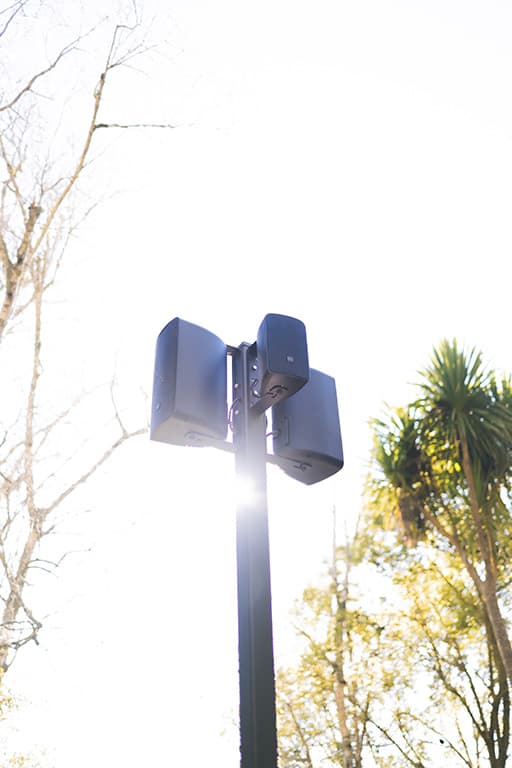
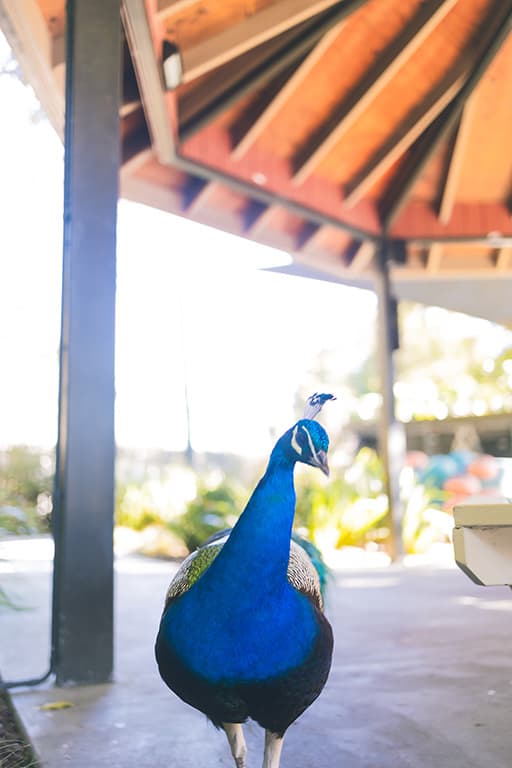

THE CHALLENGE
The old saying is to never work with children or animals. You might get attacked and suffer a nasty bite. Animals can be quite dangerous too.
Arc took on the project, and not surprisingly the main concern for Managing Director Jason Buckley and his crew was a close collaboration with the zoo staff so that the animals were never affected or stressed by the installation work. All the normal rules were out the window, and many things taken for granted in any workplace had to be carefully thought through.
“You couldn’t wear high-vis clothing, for example,” Jason explained. “Some of the animals would be frightened or threatened by the vivid colours. And you always had to be mindful of how you moved in certain areas. No rushing around or sudden actions that might spook some of the creatures. Of course, noise had to be kept to a minimum.”
No easy task when you need to dig a trench or use a power drill.
Despite the best efforts and considerations by the Arc team, there were several occasions when Jason was informed that the animals were simply having an ‘off day’ and plans had to be rearranged – which wasn’t always possible.
Another obstacle was the short window of time to do any work at all. Arc could only have access to high traffic public areas between 8:00am and 9:30am, after which the gates opened to the public. There was no question of sneaking in early and getting in a few cable runs when no one was looking because prior to 8 o’clock was a serious security lockdown while the zoo staff did a headcount and made sure they weren’t missing a carnivore or two.
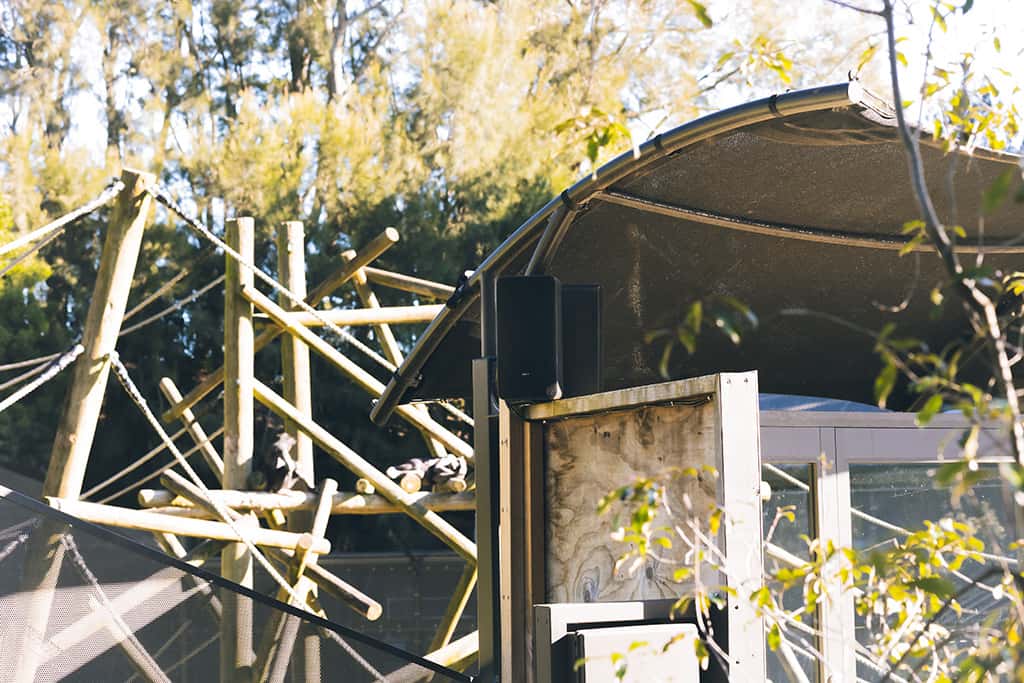
THE SOLUTION
The entire network of speakers needed to be available for global announcements, safety calls and so on, but otherwise the zoning for each sector had to be tight. You couldn’t have any spill into adjacent areas where the animals might not appreciate an amplified voice. Project Manager John Mellar discussed the possibilities with NAS. He says, “NAS was fantastic throughout the whole project, advising on the sometimes very different requirements for the job and coming with design ideas.”
inDESIGN speakers provided the best result. Arc installed a selection of iD-BGM4, iD-BGM6 and iD-BGM8 loudspeakers (four, six and eight-inch models, respectively), depending on the requirements of the zone. In other areas, the iD-MH158 music horns worked perfectly. Not only do the inDESIGN units offer precise audio dispersion (paramount for focussing sound in the right direction), but they are also rugged and capable of withstanding the fickle New Zealand weather. Amplification came from various models of Cloud amplifiers. The intelligent power-sharing capabilities that Cloud amps have across the multiple channels meant that the different zones – often diverse in how much wattage was required – could be tailored exactly.
Finally, Parallel Audio Performer L-650 radio lapel microphone kits are handed out to the zookeepers when needed. Parallel Audio microphones are intuitive to use, and the tightly controlled 650MHz bandwidth of the units won’t interfere with the large amount of radio traffic for staff communications in the zoo.
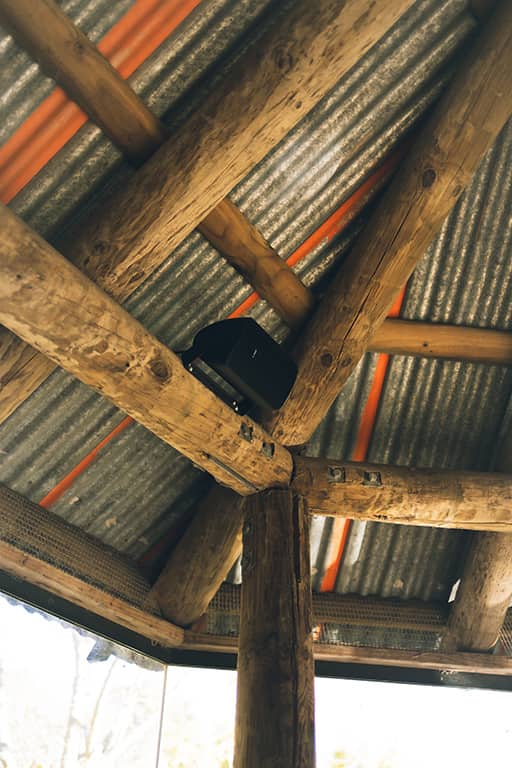

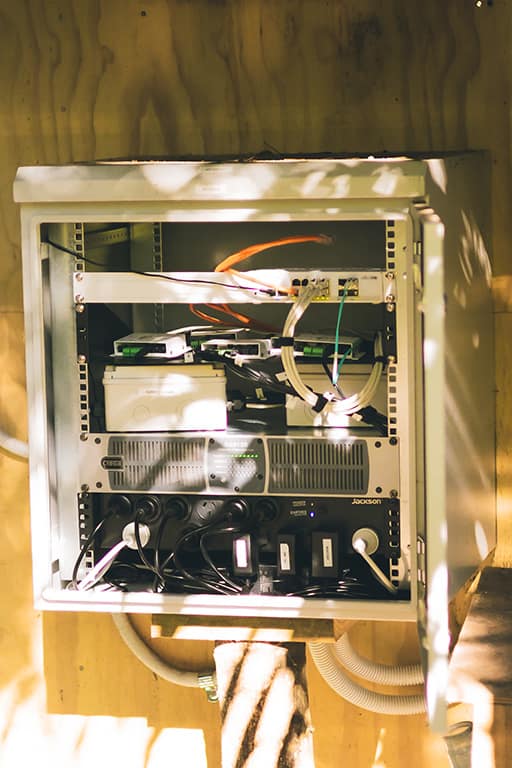
THE RESULT
The project has been an outstanding success. Much of it required thinking outside of the box as each zone presented an unforeseen problem, and Jason Buckley and his Arc crew took everything in their stride and always delivered solutions that went above and beyond what was needed. The system performs flawlessly thanks to Arc’s hard work and diligence, and NAS Solutions’ advice and backing.
Most important of all, no animals were harmed in the making of this… ah, AV installation.








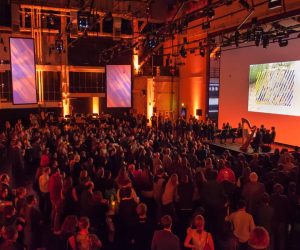

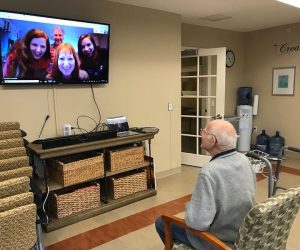

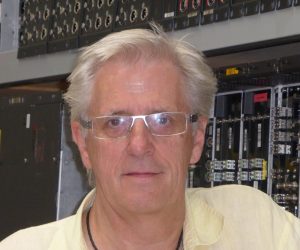


RESPONSES